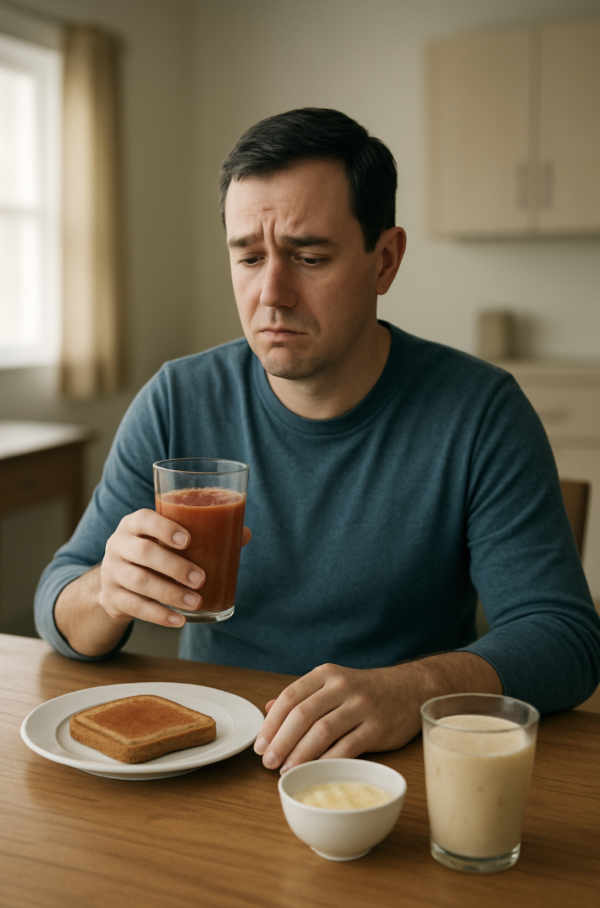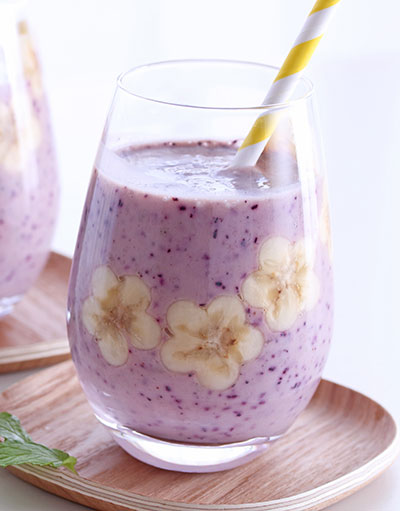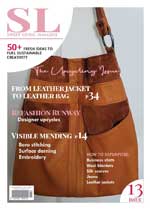
When you think about what makes life enjoyable, chances are food comes up pretty quickly. Not just the nutrition part – the actual experience of eating. The crunch of toast at breakfast. Coffee that flows easily down your throat. A meal shared with friends where you’re not anxiously monitoring every sip.
Now imagine losing that ease. That’s dysphagia.
What Happens When Swallowing Becomes The Enemy
You’ve probably never thought about swallowing. It just happens, right? For people with dysphagia, every meal becomes a calculated risk. Will this bite go down the wrong pipe? Will you choke in front of everyone at the restaurant?
The fear becomes as problematic as the physical condition itself. Many people start avoiding social situations entirely. You skip the wedding reception. You eat alone. You stop trying new foods because the familiar ones are risky enough.
Here’s where it gets interesting: isolation often does more damage than the swallowing problem itself.
The Thickener Paradox
Food thickeners are supposed to help. They slow liquids down, giving you more control during swallowing. Scientifically, they work. But here’s what the research papers don’t always capture – they can make you feel less human.
Think about it. You’re at a café with friends. Everyone orders their drinks. Yours arrives looking like… something between a smoothie and wallpaper paste. Your brain knows it’s modified coffee. Your heart knows it’s not really coffee anymore.
The texture gap between what you want and what you can safely have? That’s where quality of life takes a nosedive.
Where Traditional Approaches Miss The Mark
Most dysphagia management focuses on safety. Don’t aspirate. Don’t choke. These are crucial, obviously. But the conversation often stops there.
What about:
- The joy of spontaneity in eating
- The social ritual of sharing food
- The sensory pleasure that makes food more than fuel
- The dignity of eating what everyone else eats
Standard thickeners address swallowing mechanics while accidentally eroding these other dimensions. You’re safer but sadder. That’s not a win – it’s a trade-off we’ve been accepting for too long.
Rethinking The Whole Game
What if we approached this differently? Instead of asking “How thick does this need to be?”, what if we asked “How do we preserve the experience while maintaining safety?”
Some emerging ideas worth exploring:
The flavor-first approach. Try thickening food with SimplyThick so that it actually enhances taste rather than muting it. Why should modified foods be bland?
Temperature play. Hot and cold sensations can trigger better swallow responses. Your iced coffee could work therapeutically while still feeling like, you know, coffee.
Visual presentation matters more than we thought. Food that looks unappetizing triggers psychological barriers before you even taste it. Make it beautiful and you’re halfway to making it acceptable.
Social engineering. Instead of isolating people with dysphagia, what if we normalized modified textures? Smoothie bowls and thick shakes are trendy for everyone now. The gap isn’t as wide as it used to be.
The Bigger Picture
Here’s the truth: you can measure swallowing safety with objective tests. You can’t measure the specific sadness of never tasting thin liquids again. But that sadness matters enormously.
Quality of life isn’t just absence of choking incidents. It’s presence of joy, connection, and normalcy. Food thickeners fit into this picture not as a perfect solution but as a tool—one that desperately needs innovation.
The future of dysphagia management isn’t just safer swallowing. It’s better living. And that requires us to think beyond viscosity measurements and into the realm of human experience.
 My Favourites
My Favourites










Speak Your Mind